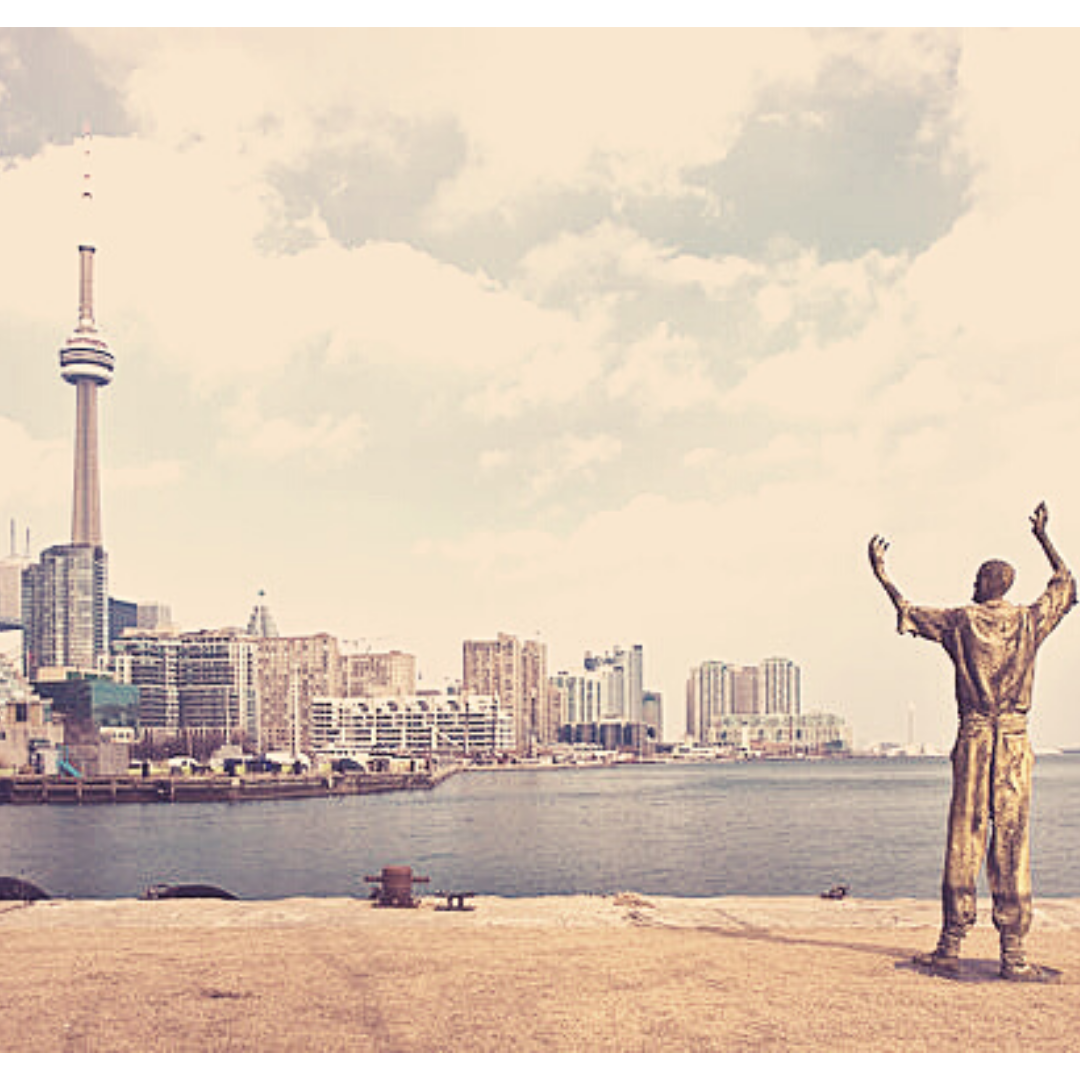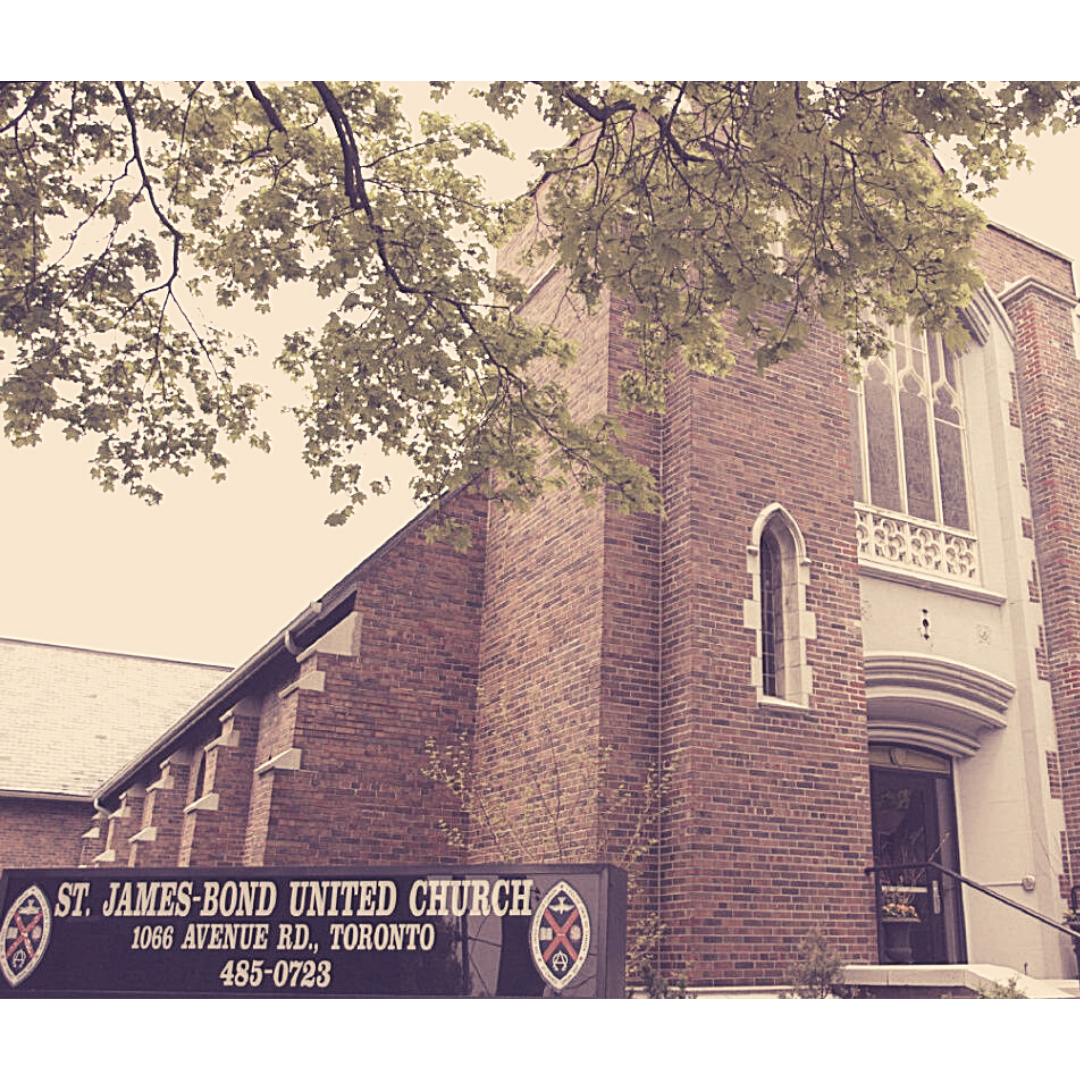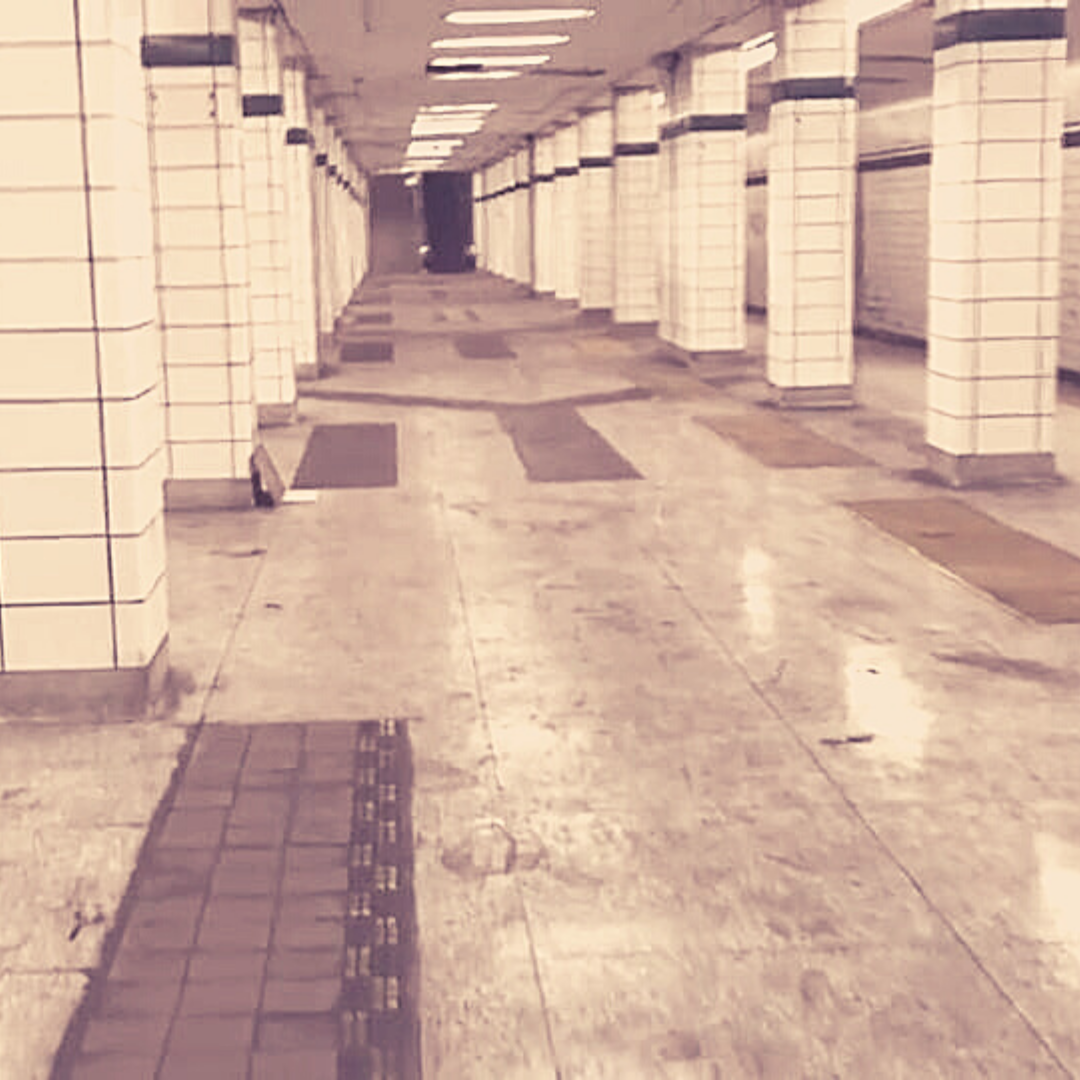8 Hidden Treasures of Toronto
For us locals, we know of many charming eclectic treasures that exist within Canada’s largest city. Check out our list of the coolest locations that most people have no idea even exist. Enjoy!
The Half House
Toronto’s Half House
Everyone in Toronto knows that the city is unique in the amount of houses that exist in the downtown core. With each passing year, these houses begin to diminish as they are slowly replaced with large condominium developments.
A keen urban explorer can venture seven minutes on foot from Nathan Phillips Square and find a house that may seem a little...different. What was once several attached houses now stands as one. The perfect precision in the house's dissection has left the most interesting of facades.
For much of the street’s existence, St. Patrick Street was one associated with urban poverty. Many of Toronto’s arriving immigrant populations inhabited the area during the 20th century.
Start grabbing your Instagram photos now, as this house will soon be one of Toronto’s unique and wacky sightings everyone must see in the city.
The Monkey’s Paw
The Monkey’s Paw Bookstore
If you’re not familiar with W.W. Jacobs’ short story “The Monkey’s Paw,” I recommend googling the free PDF online. The tale reinforces the terrifying lesson we’re all too familiar with: “be careful what you wish for.”
For our fellow Simpsons fans, you may also be familiar with the Treehouse of Horror episode based on Jacobs’ 1902 short story.
The Monkey’s Paw is also the name of the most romantic and enchanted book store in Toronto. The shop has moved around a few times, and can now be found at 1067 Bloor St West.
The crown jewel inside the beautiful shop is the “Biblio-Mat,” a randomized vending machine that dispenses books to customers who pay the $2 cost.
For those who still enjoy exploring book shelves for a unique literary find, The Monkey’s Paw is a must visit for any tourist in Toronto.
Ireland Park
Ireland Park
For its entire post colonial history, Toronto has been (and continues to be) a city built on a strong immigrant population. Around half of Torontonians were born outside of Canada.
One of the largest migrant populations to Toronto in the 19th century, came from Ireland in several different waves. The Great Famine in the 1840s forced millions of Irish Catholics to seek a better life in either Canada or the United States.
The city of Toronto commemorates the efforts of the courageous Irish immigrants in a hidden park found on the mainland side of Billy Bishop Airport. The park is aptly named: Ireland Park.
Ireland park contains several statues depicting the impoverished migrants seeking a better life in North America. One figure in particular stands with his arms elevated staring at Toronto's now standing skyline. For any individual who has escaped a tumultuous situation, finding solace in Canada, these statues symbolize the quest for safety and a better life.
Croft Street
Croft Street
Toronto is a global hub for graffiti and street art. In many neighbourhoods of the city, one can find murals and artistic pieces displayed across an array of buildings.
Most tourists and locals know of “Graffiti Alley,” which showcases amazing street art of local and international artists. An alley that is typically overlooked is that which runs north-south in between Bathurst St. and Spadina Ave. In fact it’s not technically an alley at all, as it does contain several residential units.
The thoroughfare to which we refer to is Croft Street. Many beautiful local artists display their work on the garage doors that face on to the street. Depictions of many different areas of the city can be found among the artistic depictions along with a variety of abstract pieces.
Take a romantic stroll up or down Croft St. and you will feel as though you were given access to a free art exhibit.
High Views in Kensington Market
View from Kensington Market
One may think the best view of the city can be found atop the CN Tower, or perhaps on Toronto Island as you gaze across at the magnificent skyline. It’s tough to say which view takes the cake, however our favourite is in a neighbourhood most folks wouldn’t think of. Kensington Market is known for its romantic density and variety of local eateries, cafes, bars and entertainment. It’s where the city’s old and young flock together to enjoy a beautiful summer’s day or to simply enjoy a tasty latte or intriguing craft beer.
A secret that exists in Kensting Market is atop a large parking garage inbetween St. Andrew’s St. and Baldwin St. If one climbs the staircase to the top level, they will be greeted with an absolutely stunning view of the city.
Don’t believe us if you don’t want to; check it out for yourself. However, be aware this is technically private property, therefore you may have to make your visit a short one.
St. James-Bond Church
St. James-Bond United Church
Did you know James Bond is actually from Toronto?! Well, this is sort of true in that it is believed that Ian Fleming - the author of the James Bond novels - got the name of his famous titled character during the time he spent in Toronto. It is believed he took the name from the St. James-Bond United Church, which can be found at 1066 Avenue Road.
Ian Fleming only spent a few weeks in Toronto during the Second World War, therefore it’s not entirely sure if the church really caught his eye.
It remains an interesting tale connecting a seemingly ordinary church, with a world famous secret agent with a licence to kill.
Abandoned Subway Stations: Bay and Queen
Lower Bay Station
Okay, so you may not be able to visit Toronto’s ghost stations, as they’re not exactly open to the public. However, if you somehow have any connections with individuals who work for the Toronto Transit Commision, it may be worth an attempt to get yourself into these interesting and slightly haunting urban locations.
The first can be found under modern Bay Subway Station, and is aptly named Lower Bay Station. The station was only used for 6 months in 1966, and was eventually closed due to being..well…essentially unnecessary.
The second station at hand was never actually finished. The City of Toronto began construction for what was supposed to be the Queen Street Subway Line. The beginnings of this project started at modern day Queen Station and therefore there remains to this day some infrastructure created for what was meant to be Lower Queen Station.
It’s a shame the city can’t transplant these stations into other areas of the city, as every Torontonian knows the absolute need for subway line expansions.
The Heydon House
Heydon House
The reason why we added the Heydon House to our list, is because it serves as an enigma to most curious folk who walk by it. It’s also safe to say that most wouldn’t even bat an eye at the grand facade that still stands to this day at the corner of St. Clair West and Old Weston Road.
What is unique about the building is that it stands in isolation in a neighbourhood that will soon be exposed to the urban trend of gentrification.
What was once a thriving hotel in the Junction neighbourhood and famous for its late night activity among the young railway workers and farmers living close by, now serves as an apartment complex and street level convenient store.
The building’s connection to its notorious past will leave you with a chill as you walk by it’s haunted walls.
For more information on the building’s history, check out our blog post entitled “Heydon House.”








